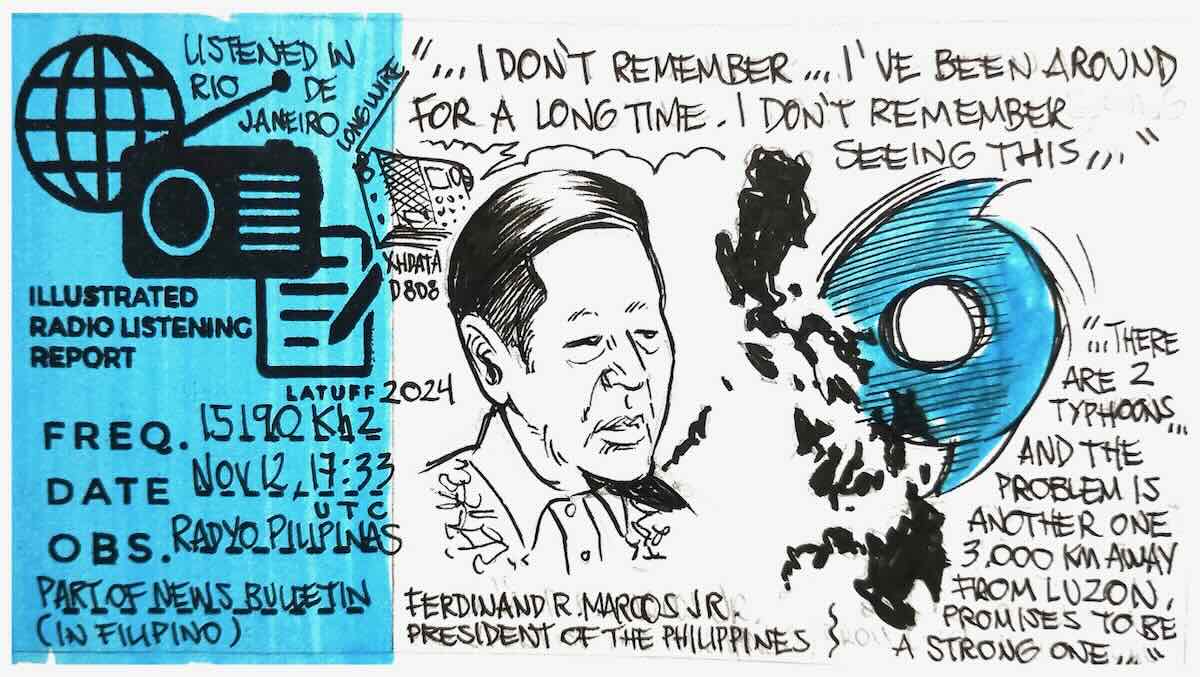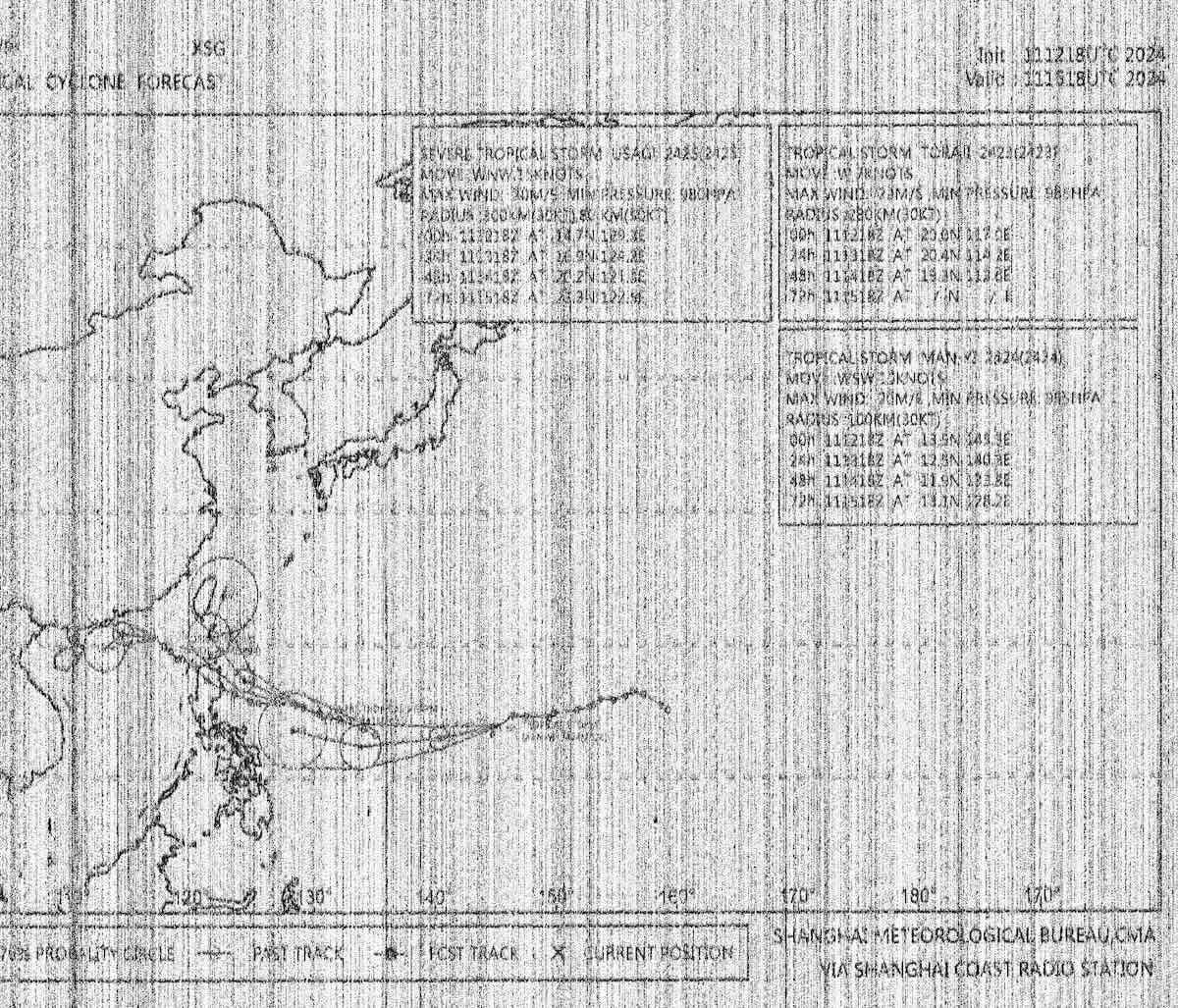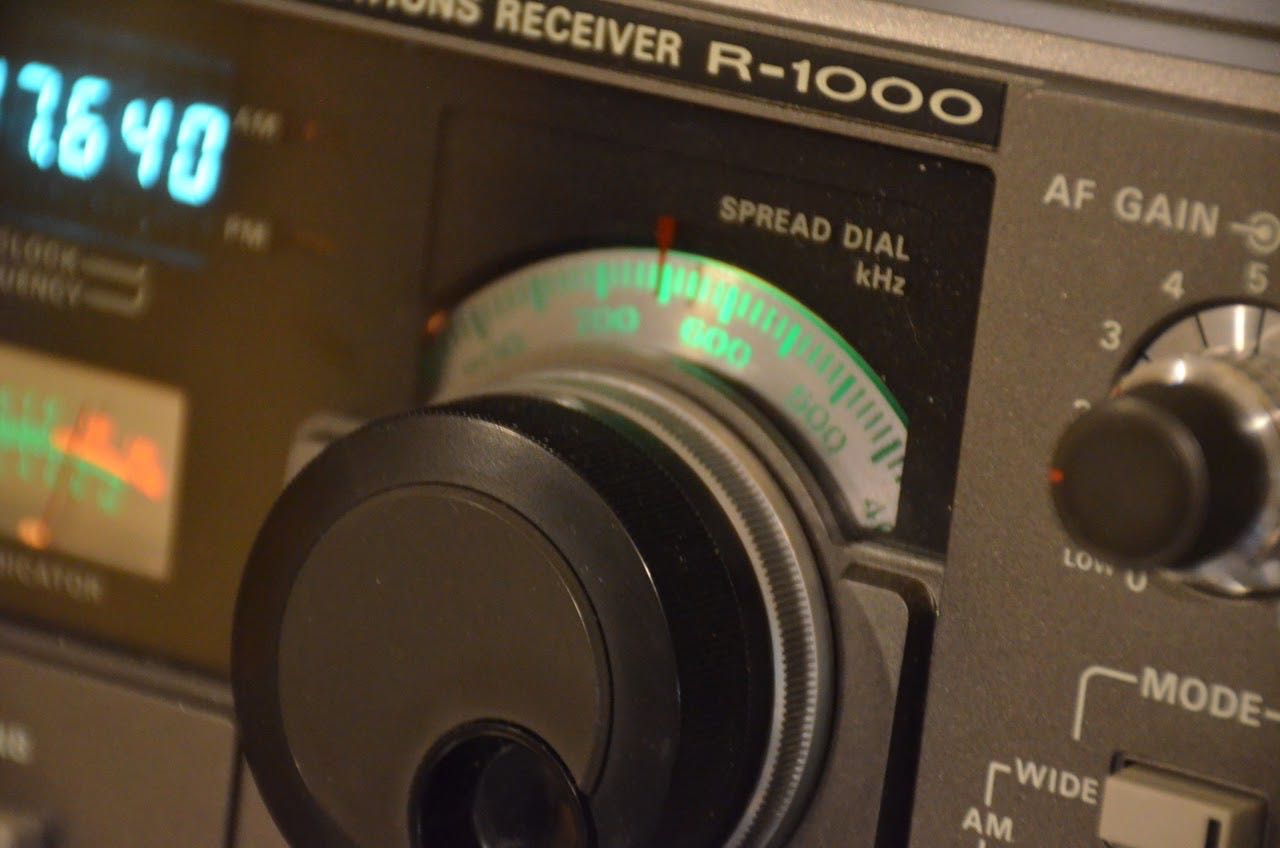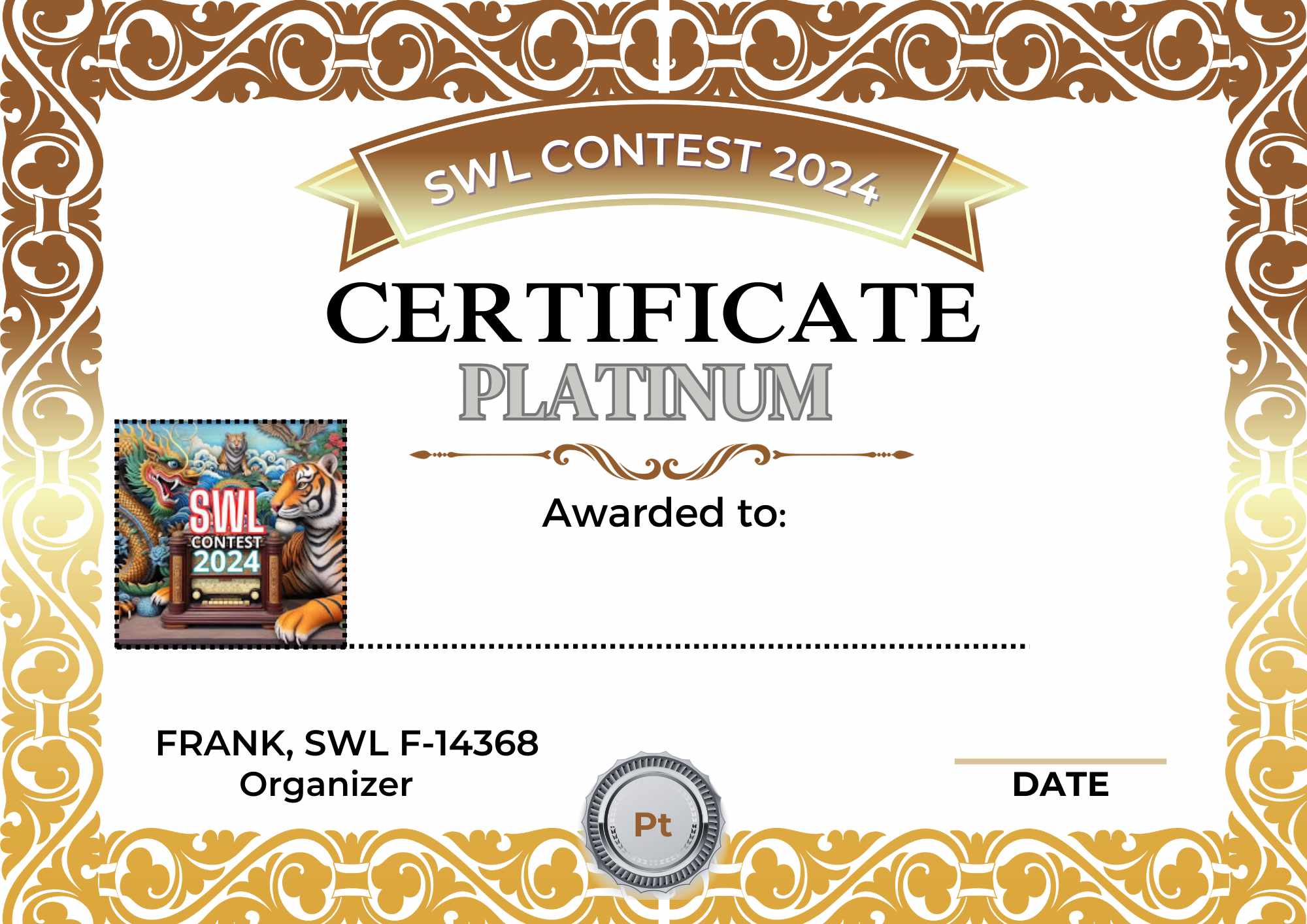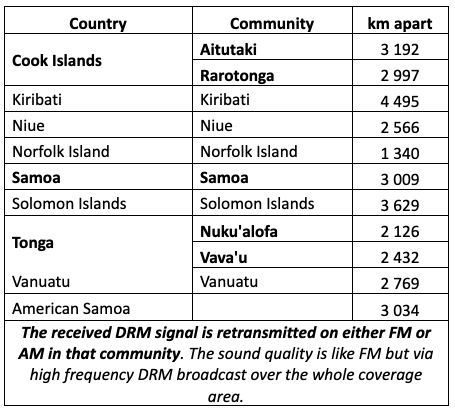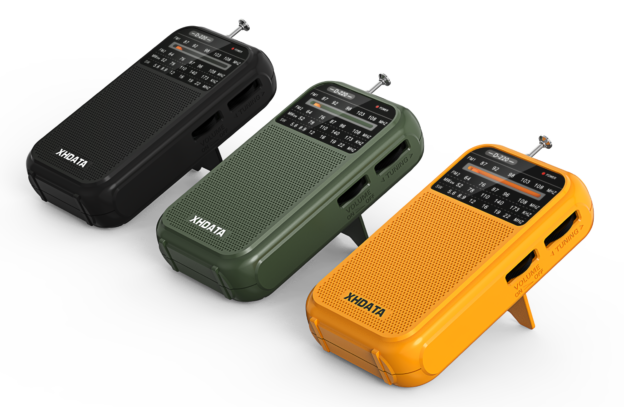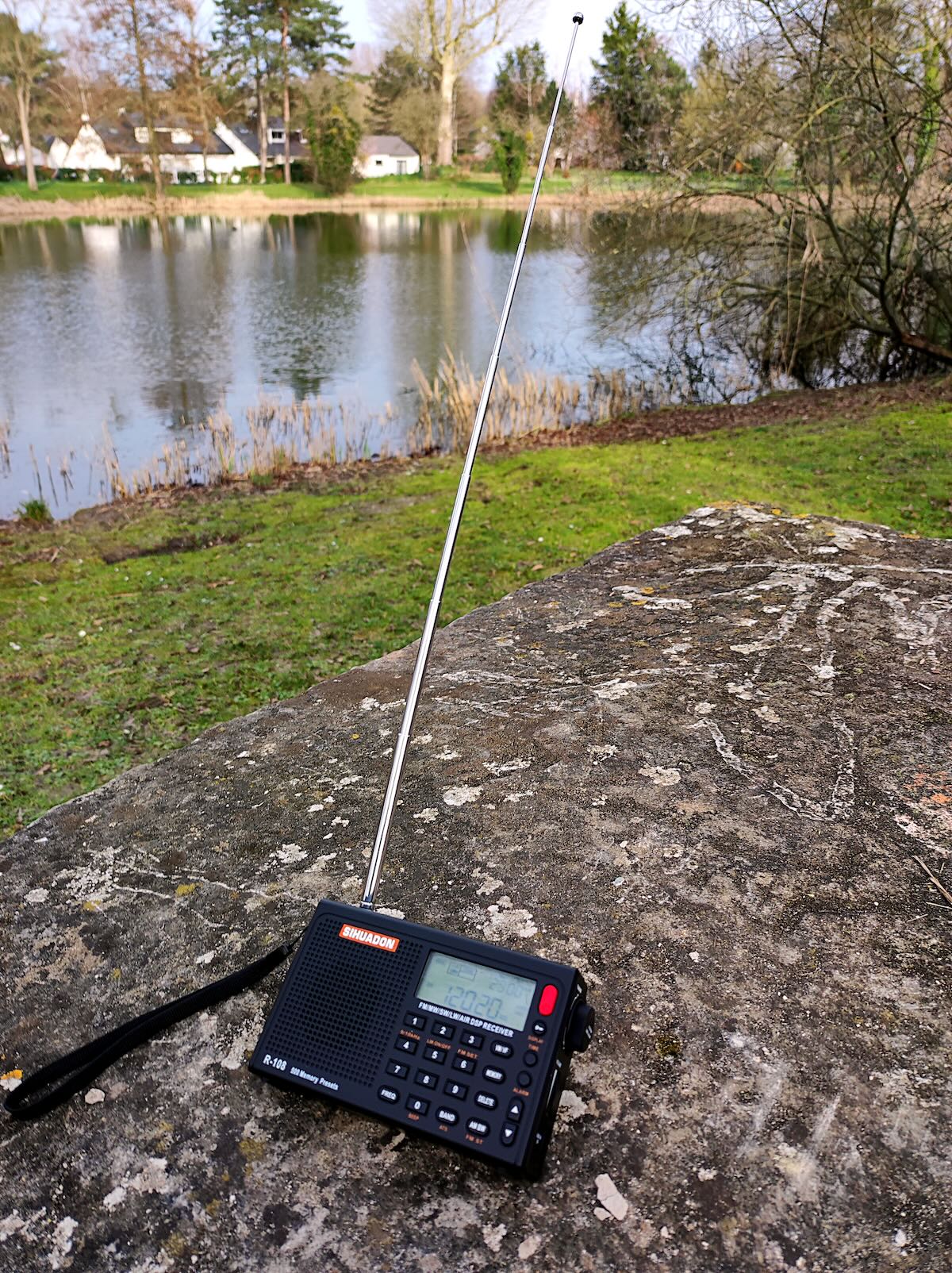
Hello shortwave listeners! I have some exciting news about an upcoming weekly broadcast for listeners in Asia and beyond!
Beginning Monday the 11th of November, 2024 and continuing every Monday – my radio program will now be heard across the Asian Continent and beyond thanks to 250 kW of power from the transmitting facility in Issoudun, France.
Using their ALLISS Antenna, this broadcast will be beamed East from France, blanketing Eastern Europe, the Middle East, Central Asia, South Asia, Southeast asia and Australia!
The broadcast is 1 hour in length and the aim of this radio show is to provide good music and news commentary to listeners worldwide. Oftentimes, listener music requests are taken and played – and all are invited to participate.
Here is the broadcast schedule for this new airing:
Mondays 1530 UTC – 17810 kHz – Issoudun 250 kW – Eastern Europe, Middle East, Asia, Australia
Reception reports (which will be verified with an E-QSL) and additional feedback are most welcome at [email protected]
I also wanted to provide an additional schedule for my regular broadcasts as well:
Mondays 0100 UTC – 5950 kHz – WRMI 100 kW – North America
Mondays 0500 UTC – 4840 kHz – WWCR 100 kW – North America
Tuesdays 2000 UTC – 15770 kHz – WRMI 100 kW – Eastern North America/Western Europe
Wednesdays 2300 UTC – 7570 kHz – WRMI 100 kW – Eastern North America
Thursdays 0300 UTC – 9395 kHz – WRMI 100 kW – North America/Western Europe
Thursdays 1600 UTC – 15770 kHz – WRMI 100 kW – Eastern North America
Thursdays 2300 UTC – 9955 kHz – WRMI 100 kW – South America
Saturdays 0700 UTC – 4840 kHz – WWCR 100 kW – North America
Saturdays 0800 UTC – 1300 kHz – WNQM 5 kW – Nashville, Tennessee
Saturdays 2300 UTC – 6115 kHz – WWCR 100 kW – Eastern North America
Sundays 0000 UTC – 5950 kHz – WRMI 100 kW – Eastern North America
Sundays 0200 UTC – 1490 kHz – WITA 1 kW – Knoxville, Tennessee
That’s all for today, I just wanted to let you all know that there’s a new airing out there if you’d like something to listen to!
73’s John

